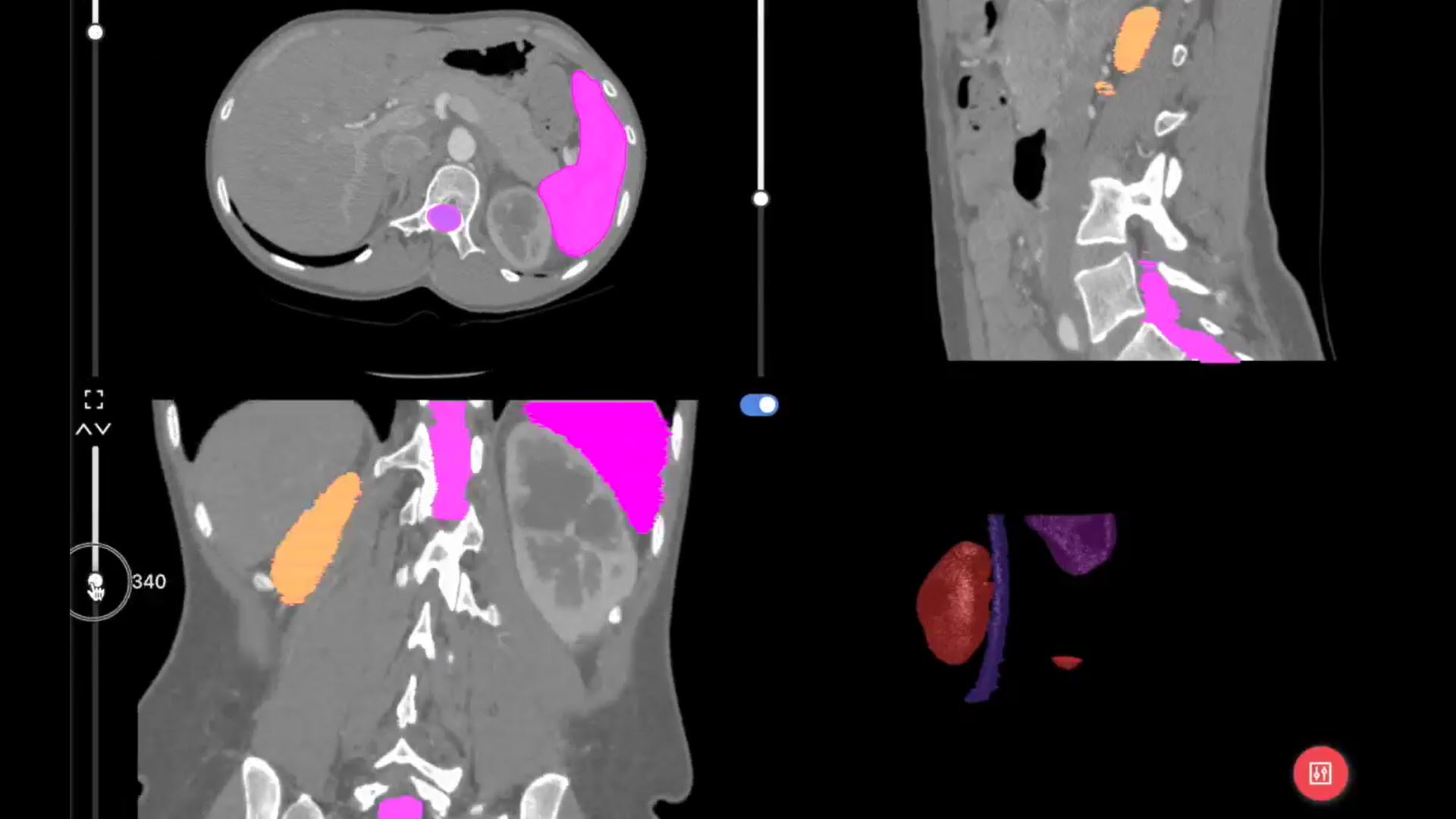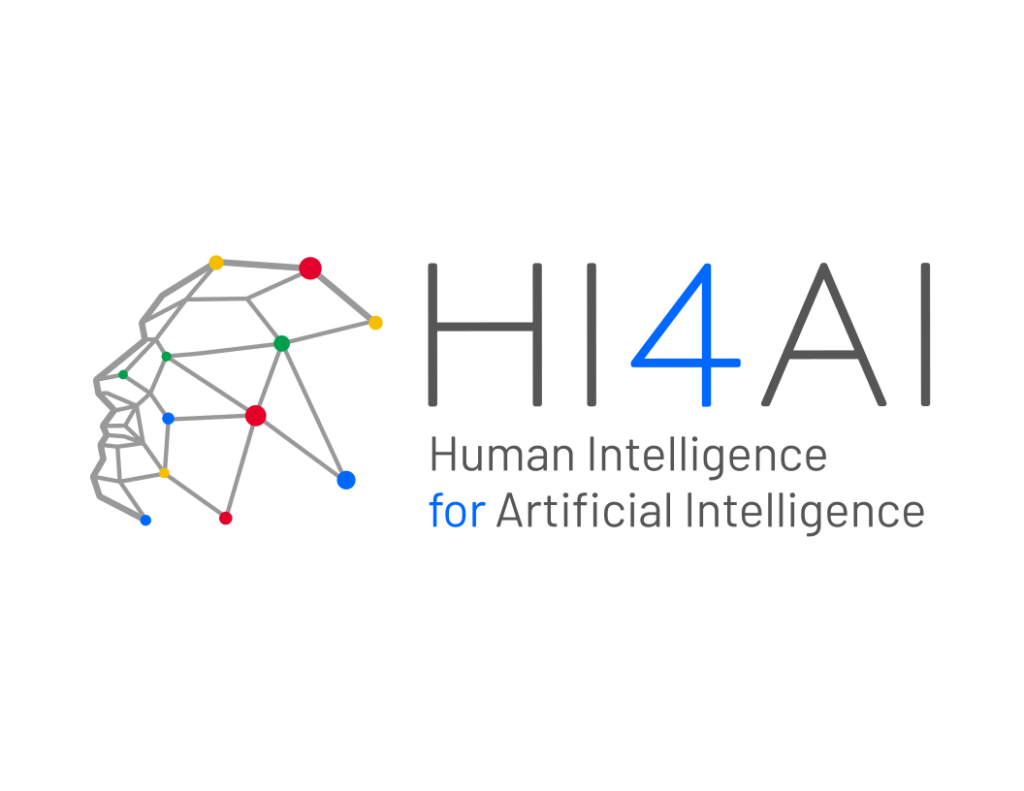Ground Truth Data
Who needs it and why?













Ground truth (GT) data is the backbone of building successful Machine Learning (ML) and Deep Learning (DL) models. It’s the “Holy Grail” of data, without it, models would be like a ship without a compass – arriving at the wrong destination. But what exactly is it, and why is it so critical to the success of a model?
Why is GT Data important?
GT Data refers to the verified and annotated data that is used to train and test ML/DL models.
Which is critical as the foundation for ML/DL learning models and benchmarks.
Without it, models would have inaccurate, not verified data to base their predictions on, and will jeopardize critically the product / solution.
When using GT Data first approach, we maximize reliability and accuracy of ML/DL models in order to build full AI capabilities.
GT Data lifecycle
At hi4.AI, we understand the importance of a human touch in AI systems. Our team of experts work closely with you to ensure that your AI technology is accurate, efficient, and effective. We offer a range of services including data annotation, model fine-tuning, and ongoing monitoring and maintenance to keep your AI systems at the forefront of innovation.
Collecting
The processes that provide the fundamental data to build the model.
Preparing
The processes that organize the structure of the data.
Using
The processes of deployment, analysis, conclusion and improvement of the models.
Collecting GT Data
A comprehensive approach to identify, collect, process, and verify high-quality data. From identifying the data needs to post-processing the raw data, and annotating it to finally verifying its accuracy, this process ensures optimal use of GT Data as the foundation for informed decision-making.
1- Identifying the Data You Need
The first step in collecting GT Data is identifying what data is needed for the specific problem you are trying to solve. This can include data from internal and or external sources.
2- Collecting the Raw Data
The first step in collecting GT Data is identifying what data is needed for the specific problem you are trying to solve. This can include data from internal and or external sources.
3- Post-processing the collected Raw Data
To ensure that all data is optimal and ready to be used as the foundation of GT Data.
Some of the collected data may not be usable or contains unsupported formats, unneeded metadata, anonymization, validations, preparations and uploads to storage containers, Etc.
4- Annotating the Raw Data
After collecting the Raw Data, it must be annotated in order for it to be used as GT Data.
Annotation can be done manually or by using various AI models or both.
5- Quality Verification of the Annotated Data
The final step in collecting GT Data is verifying that the data is accurate and unbiased. This can be done by having multiple people to verify the data, or by using techniques such as cross-validation.
Preparing GT Data
1- Cleaning the Data
Before the data can be used to train and test models, it must be cleaned to remove any errors or inconsistencies. This can include removing duplicate data, filling in missing values, and fixing data formatting issues.
2- Splitting the Data
The data must be split into training and testing sets before it can be used to train and test models. The training set is used to train the model, while the testing set is used to evaluate the model's performance.
3- Normalizing the Data
In order for the model to accurately learn from the data, it must be normalized, which means scaling all the values so that they are on the same scale.
Using GT Data
Step to follow when using the GT data, to train, test, evaluate, and improve AI models. Starting with training the model using GT Data, followed by testing and evaluating its performance, and finally enhancing and updating both the GT Data and the model to achieve optimal results.
1- Training the Model
The GT Data is used to train the model, which allows the model to learn how to make predictions based on the data. This is done by feeding the data into the model and adjusting the model's parameters to minimize errors.
2- Testing the Model
Once the model is trained, it must be tested using the testing set of GT Data.
3- Evaluating the Model
After testing the model, it must be evaluated to determine its performance. This can be done by comparing the model's predictions to the true values in the GT Data, and calculating metrics such as accuracy, precision, recall, and F1 score.
4- Improving the Model
If the model's performance is not satisfactory, it can be improved by iteratively making adjustments to the model's parameters, retraining and retesting the model. This process can be repeated until the desired level of performance is achieved. This will obtain better model training and more accurate results. Update and Enhancement of the GT Data – In many use cases the GT Data is dynamic and should be updated and enriched over time in order to meet the reality changes and the optimized model’s performance. Different versions of the GT Data and the Models can be compared and managed to get the highest performance and accuracy.

Next steps
Leveraging GT Data for Better AI Outcomes: The next steps in using GT Data to drive successful AI projects. From creating a data collection and annotation plan, budgeting for data quality, setting up a data maintenance process, to deciding between in-house or outsourcing data annotation, the key is to choose the right strategy that aligns with your goals and resources.
Creating a plan for collecting and annotating GT Data
To make sure that the data collection is as efficient as possible, it's important to have a plan in place before starting. This plan should include the data sources, the annotation strategy, and a timeline for when the data will be collected.
Budget for Data annotation and Quality check
GT Data collection and annotation can be a time-consuming and expensive process. Budgeting for these costs and including them in the overall project budget can help ensure that the necessary resources are available.
Setting up a process to maintain the data
Once the GT Data is collected, Annotated, and verified, it's important to establish a process to maintain it. This can include regularly updating the data, retraining models as new data is added, and monitoring the data for bias.
DIY Vs. Partnering with expert companies
Many companies use their internal resources to do all the above steps. The pro’s would be Simplified process, better process control, resource prioritization, fast reaction cycle. But there are Con’s, such as: high cost and wrong use of resources, company focus, lack of experience and difficulty to scale up. Some companies choose to fully outsource the tasks around data life cycle and partner with an AI Data Agency that usually can offer high-quality GT Data in any volumes at lower cost. Make sure they have teams of experienced experts in your domain, and the right tools and technology to support you and annotate and verify the data, which can save time and resources for companies. It is a common practice to choose oan hybrid model, which means a limited amount of internal resources working in conjunction with external partners, maximizing the advantages of each model.
Conclusion
GT Data is an essential aspect of building successful ML and DL models. By understanding what GT Data is, collecting and preparing it correctly, and using it to train and test models, companies can ensure that their models are accurate and unbiased. And remember, like a good detective, we want to make sure we have all the evidence to make the best case possible! So, what are you waiting for? Start building your GT data strategy today!
Gil's tips

Plan & Implement
Implement a thorough and well-informed planning strategy to maximize efficiency and minimize costs.
Quality first
Prioritize quality and accuracy of annotations, as this directly impacts the quality of the final ML/DL models.
Train & testing
Correctly divide data into 80% training and 20% testing. Ensure that the data sets do not overlap.
GT vs synthetic
Consider the limitations of synthetic data when training ML/DL models. Use ground truth data for better results.
Involve & engage
Involve & engage relevant stakeholders, such as product teams, to align objectives and ensure proper coordination.
Monitor like a pro
Monitor processes regularly and involve stakeholders to quickly resolve any issues that may arise.
customer at the center
Center your ML/DL model solutions around the needs of the customer to deliver real value and high-quality outcomes.

About Gil
Director of AI/CV Data Quality at HI4AI. In the past 10 years I helped the building operations, ML/DL models and products of very challenging projects of the world's leading companies in their fields, such as Intel and Orca AI, from the foundations up to the final products. Also Including establish and manage projects and teams from scratch. I believe that the future is to improve the various daily experiences of people around the world through AI-based solutions. This is my motivation and professional passion, in order to build a better future for my son, my family and my surroundings, for all of us.
Applications
MedTech
E-Commerce
Agritech
Mobility
Goverments
ConstruTech
FinTech
IOT

About HI4.AI
Our Methodology
01 Map customer requirements & needs
understanding the customer's business objectives, challenges, and requirements. This helps to identify the specific needs that the AI solution needs to address.
02 Define Scope of work (SOW) & execution plan (Gantt)
We outline the specific deliverables and milestones that need to be achieved. An execution plan (Gantt) is also created, outlining the timeline and resources required to complete the project.
03 Carefully select the right package of services & technologies to maximize performance
The selection is made based on the specific requirements of the project, as well as the performance goals that need to be achieved.
04 Ongoing review & monitoring of SOW & Gantt
The final step involves ongoing monitoring and review of the SOW and Gantt to ensure that the project is on track and that all milestones are being met. This step also includes regular check-ins and feedback sessions to ensure that the customer's needs are being met and that the AI solution is achieving the desired results.
successful projects & satisfied customers.



Design
Our team of experts specializes in designing advanced data structures to optimize your data for maximum performance.
Creation
Our model building service is second to none, are accurate, reliable, and efficient.
Enhancement
We provide expert services to help you scale your models and achieve the best results.
Quality improvements
Continuously improving the quality, accuracy, and performance of your models by using both human and machine intelligence.
Market POC
We provide services to test and validate your models before deployment, Optimizing your product's market fit.
Ongoing documentation & guidebooks management
We offer documentation, guidebooks and procedures ongoing management and support services to keep your models running smoothly.
Human in the loop (HITL)
At hi4.AI, we understand the importance of a human touch in AI systems. Our team of experts work closely with you to ensure that your AI technology is accurate, efficient, and effective. We offer a range of services including data annotation, model fine-tuning, and ongoing monitoring and maintenance to keep your AI systems at the forefront of innovation.
Ready to maximize your AI models?
Please fill out the form, so we can learn more about you and your needs.

The AI Crossroads: Automation vs. Control
The AI Crossroads:Automation vs. Control January 1, 2024 Where will HI4AI and V7Labs Guide You? https://hi4.ai/wp-content/uploads/2023/12/AI-S.mp4 V7 Labs and HI4AI Partner to Bring Advanced Computer

V7 HI4AI
Revolutionizing AI and Data Services with V7 Labs and HI4AI’s Collaboration Worldwide November 10, 2023 V7 Labs and HI4AI Partner to Unleash AI Innovation and
